Digital photos are pretty much the standard for images now, and you can thank American scientists Willard Boyle and George Smith for that. Back in 1969 the two inventors created the first successful Charge Coupled Device (CCD), a digital sensor that helped change the world of photography as we know it. And now, the two men will be sharing a Nobel Prize in Physics for their work.
Boyle and Smith were presented the award on Tuesday from the Royal Swedish Academy of Sciences for their work at Bell Laboratories. For decades they worked with techniques of capturing light before finally designing a sensor that effectively turned light into electrical signals. The Academy called the men “masters of light,” and declared their work a key effort that “helped to shape the foundations of today’s networked societies.”
They’ll be splitting the Nobel prize money ($1.4 million) with Charles K. Kao, a British scientist whose work with transmitting light through long distances on thin fibers set the stage for modern fiber-optics.
The work done by Boyle and Smith revolutionized not only photography and video cameras, but also areas in science and medicine. Doctors use modern CCD technology in certain devices to see inside patients, and astronomers use it to clarify never-before-seen images of deep space.
Now retired, Boyle, 85, is still amazed at how his work has become part of people’s everyday lives. He is reminded of his work with Smith “when I go around these days and see everybody using our little digital cameras, everywhere.”
Smith, 79, is just happy for the recognition. “It does do wonders for one’s ego,” he said. “People obviously like taking pictures. Look at all the cell phone cameras and cameras in your computer. That’s using this technology.”


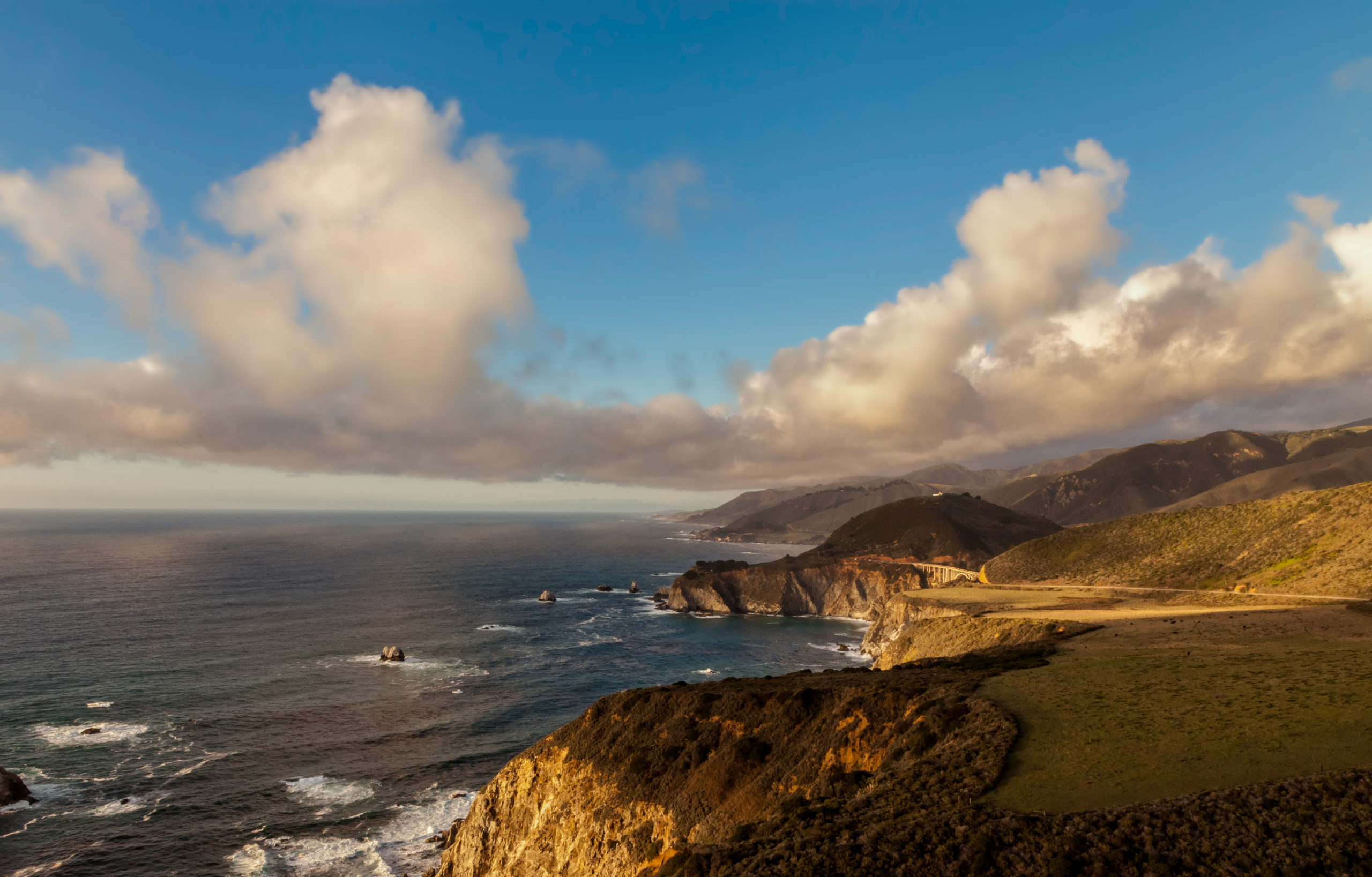
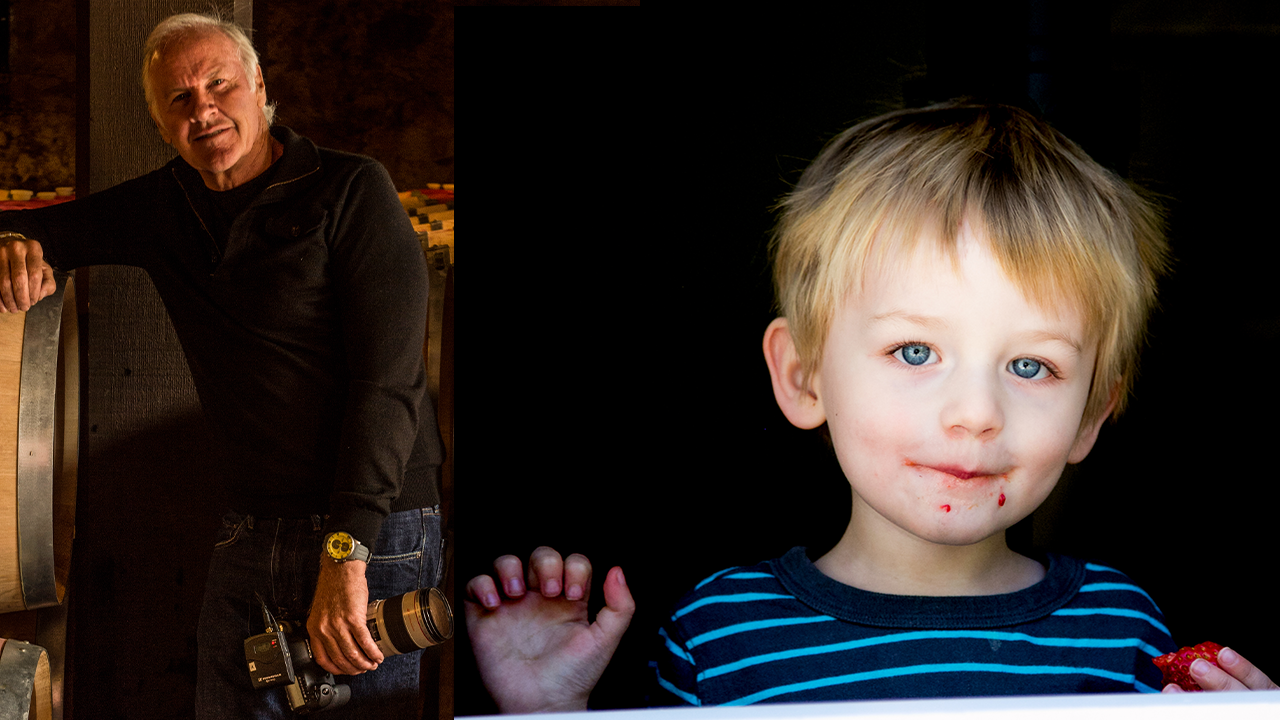
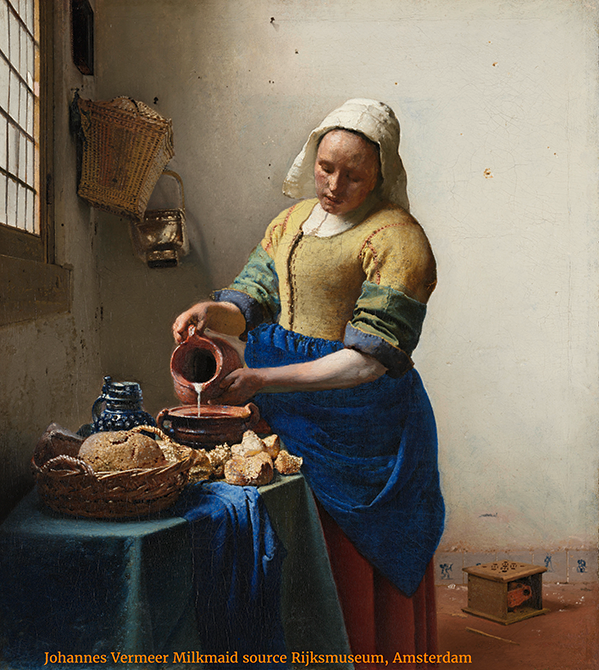
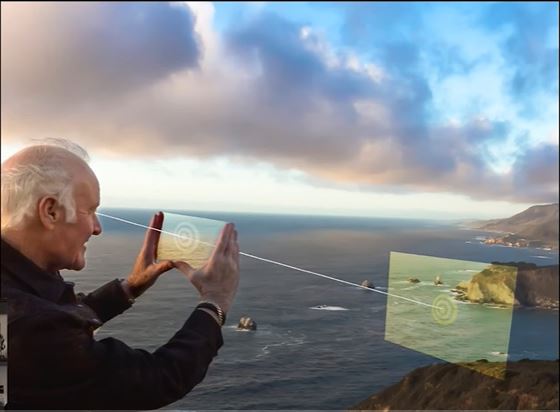

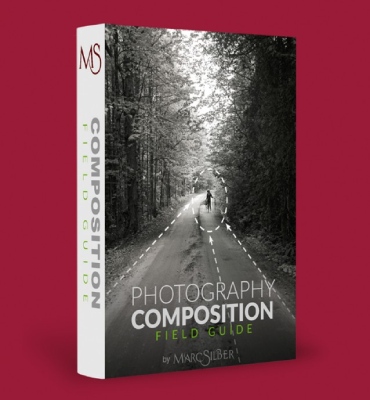
Leave A Comment
You must be logged in to post a comment.